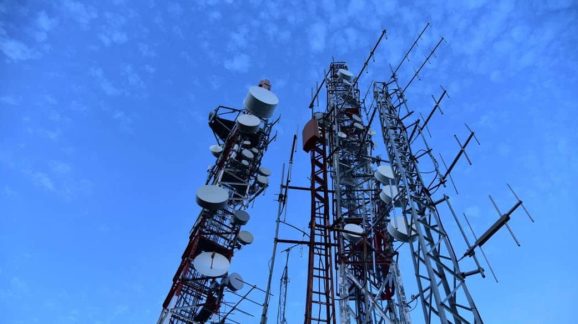5G Will Work—If Government Gets out of the Way

 At its Open Commission Meeting on March 22, the Federal Communications Commission (FCC) will vote on reducing some of the federal red tape slowing deployment of the next generation of wireless networks, known as 5G.
At its Open Commission Meeting on March 22, the Federal Communications Commission (FCC) will vote on reducing some of the federal red tape slowing deployment of the next generation of wireless networks, known as 5G.
To usher in a new era of 5G virtual reality, 4K video, and self-driving cars, a major network upgrade is needed. The greater data demands of such innovation will require a denser network infrastructure than exists today—more and smaller radio access nodes located closer together, known as small cells. A leading industry group predicts that hundreds of thousands of small cells will be installed over the next couple of years to make the 5G network operational. Some estimates project that $200 billion will be spent on the effort.
In addition to the enormous monetary investment required and the practical problems still to be solved (such as eliminating interference from trees, weather, and man-made structures), there are government impediments that must be removed to enable the deployment of these new technologies.
The FCC proposal aims to reduce some of those obstacles to a successful and timely 5G rollout by wireless providers. Specifically, it seeks to address what FCC Commissioner Brendan Carr termed, “our country’s outdated infrastructure regulations.” To that end, it aims to “streamline the federal historic and environmental review procedures that apply to wireless infrastructure deployments.”
In a February 2018 statement, Commissioner Carr said it is hopeful the reforms will “reduce the regulatory costs of small cell deployment by 80%, cuts months off deployment timelines, and incentivize thousands of new wireless deployments—thus expanding the reach of 5G and other advanced wireless technologies to more Americans.”
A November 2017 report form the American Consumer Institute found that consumer benefits from 5G could be in the hundreds of billions of dollars. To achieve that, it is essential for the Trump administration to follow through on its pledge to cut red tape and boost America’s infrastructure. Consumers are better off with fewer regulations and more bandwidth; FCC approval of the streamlining would deliver both.
However, that has not stopped critics of streamlining or even standard deployment efforts. Individual citizens’ objections to small cell attachments on nearby light posts and traffic poles mostly focus on aesthetics in even the most mundane of suburban settings. Concerns about reduced property values leave one wondering what the effect of being behind an entire wireless generation might have on the value of a home.
Less surprising are the cities trying to charge wireless providers exorbitant fees to apply for and rent space on public property for their small cell antennas. Crown Castle, America’s largest provider of wireless infrastructure, recently claimed that Newport Beach, California, adopted an annual charge of $10,800 per small cell site. These politicians seem to be acting in the shortsighted interests of their city’s bank accounts, instead of the long-term interests of city residents.
Wireless providers are racing to roll out their own 5G networks first, faster, and better. That kind of competition benefits consumers and the economy as a whole. Let the marketplace pick the winners, but first get the government red tape out of the way.